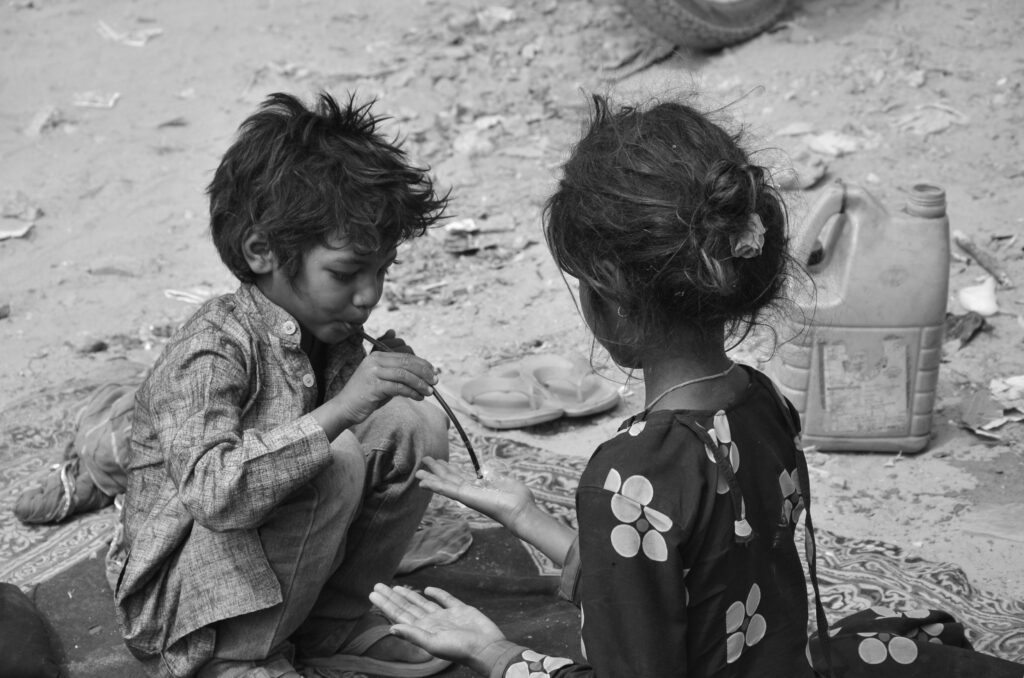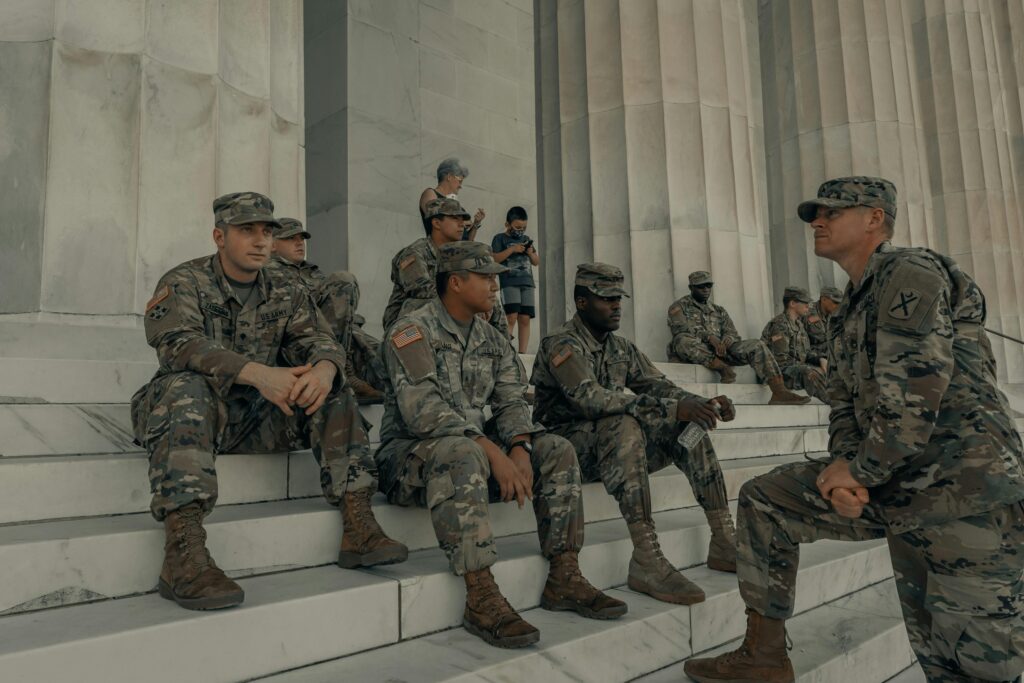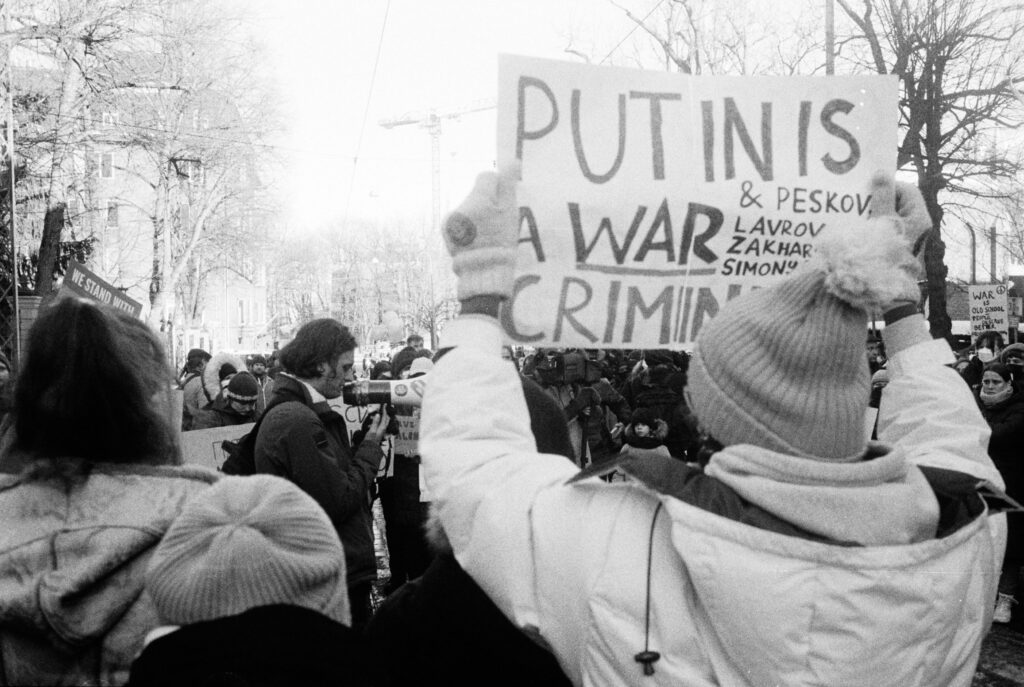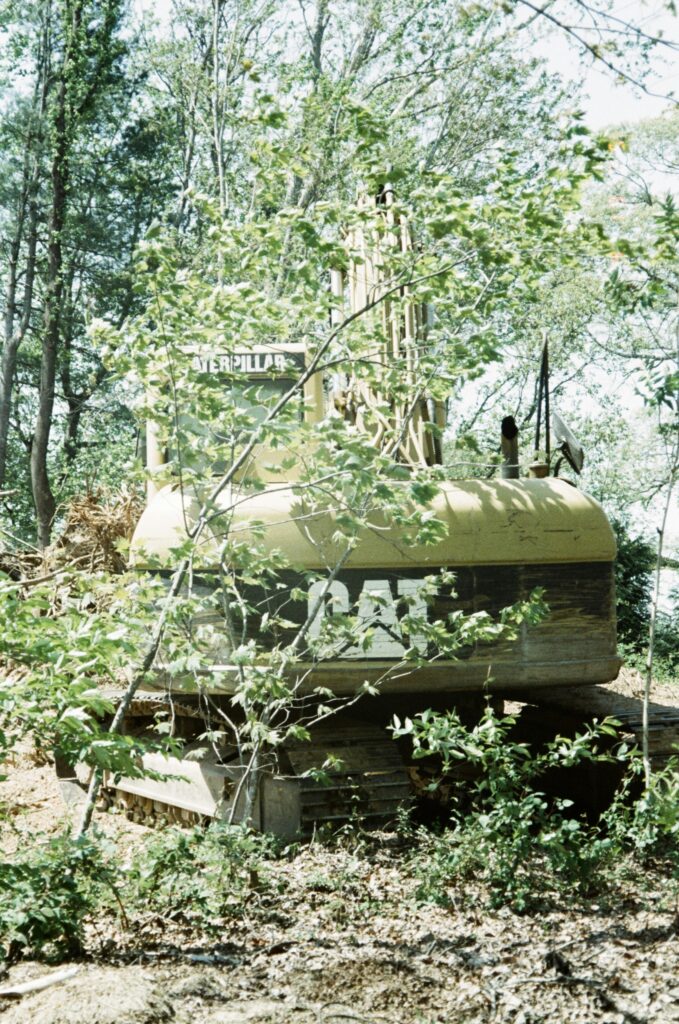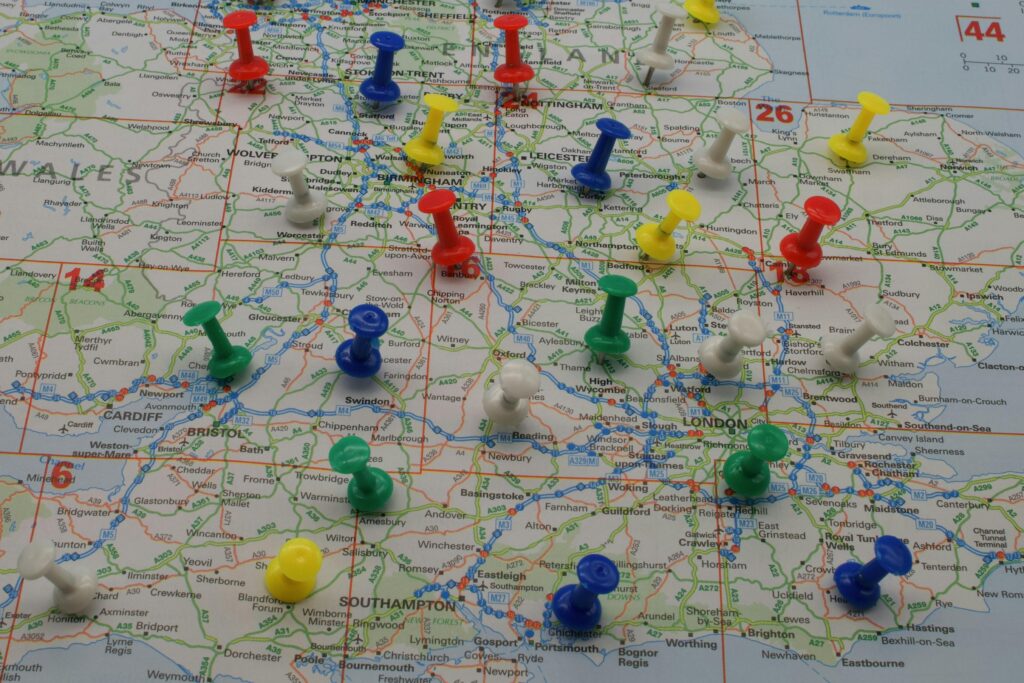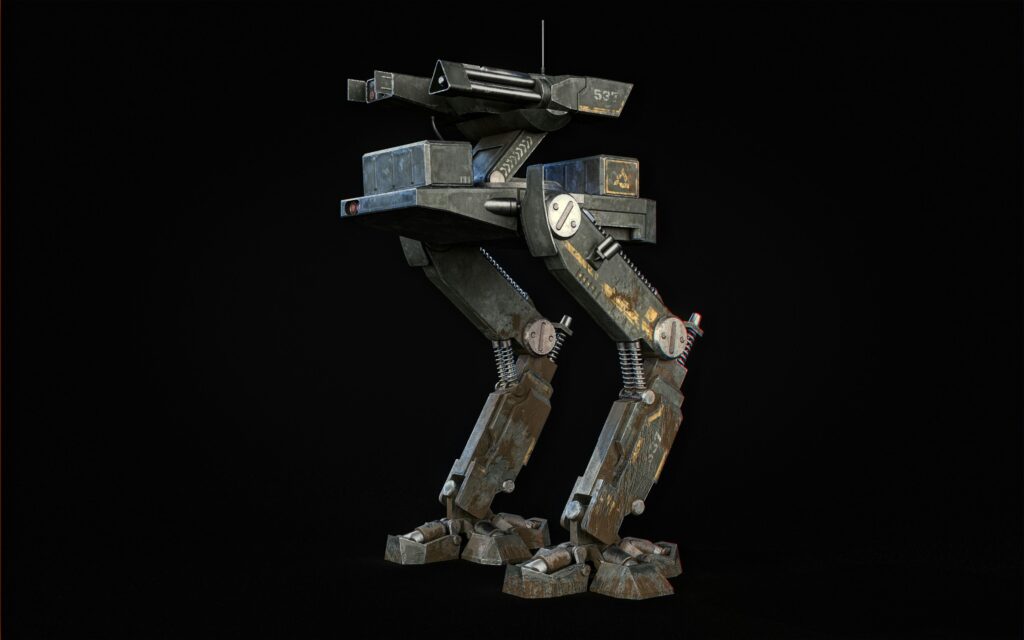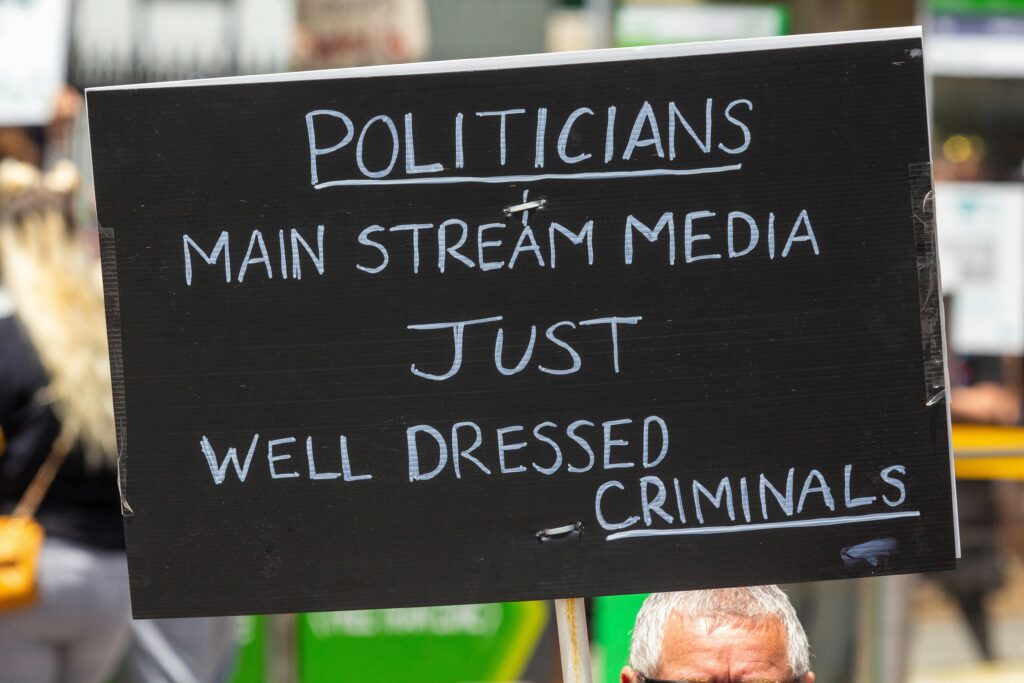The Nicaraguan Contra War stands as one of the most intricate and contentious chapters of the Cold War era. This conflict, often overshadowed by larger global events, was a crucible where ideological battles between communism and capitalism played out on Central American soil. More than just a local insurgency, the war involved a web of international actors, covert operations, and competing narratives that continue to shape Nicaragua’s political landscape today. In this article, we’ll explore the historical roots, key players, and lasting impacts of the Contra War, unraveling the complexities that make it a defining moment in Cold War history.
Table of Contents
- Origins and Ideological Roots of the Nicaraguan Contra War
- Key Players and International Involvement in the Conflict
- Humanitarian Impact and Long-Term Consequences for Nicaragua
- Strategies for Reconciliation and Lessons for Contemporary Conflict Resolution
- Closing Remarks
Origins and Ideological Roots of the Nicaraguan Contra War
The conflict that came to be known as the Nicaraguan Contra War finds its genesis deeply embedded in the geopolitical dynamics of the Cold War era. Following the 1979 Sandinista Revolution, which successfully ousted the Somoza dictatorship, Nicaragua became a focal point of competing ideologies. The Sandinistas, guided by socialist principles, sought to reshape the nation through sweeping reforms in land redistribution, education, and healthcare. However, their close alignment with the Soviet Union and Cuba alarmed the United States, which viewed the spread of socialism in Central America as a direct threat to regional stability and its own strategic interests. This ideological confrontation set the stage for the emergence of the Contras—a coalition of former Somoza loyalists, anti-Sandinista guerrillas, and disaffected Nicaraguans—who opposed the Sandinista government’s revolutionary agenda.
- The Sandinistas’ vision embodied principles of Marxist-Leninist-inspired social justice and economic redistribution.
- The Contras, fueled by a blend of anti-communism and desire for political restoration, drew support from the U.S. government.
- U.S. involvement was rooted in the Reagan Doctrine, which endorsed funding anti-communist insurgencies worldwide to curb Soviet influence.
These polarizing ideologies not only intensified internal divisions within Nicaragua but also transformed the conflict into a proxy battleground between superpowers. The juxtaposition of revolutionary fervor against conservative counterinsurgency efforts encapsulated the broader clash of visions for Latin America’s future during a fraught period of international tension. Consequently, the war’s origins are inseparable from both Nicaragua’s domestic struggles and the global ideological contest that defined the latter half of the 20th century.
Key Players and International Involvement in the Conflict
The Nicaraguan Contra War featured a tangled web of key players whose interests and actions shaped the conflict’s trajectory. At the center were the Contras, a diverse group of rebel factions opposed to the Sandinista government. Primarily composed of former National Guardsmen and disillusioned peasants, the Contras operated with significant support from the United States, which perceived the Sandinistas as a Soviet-aligned threat in the Western Hemisphere. The conflict was overseen by various U.S. agencies, including the CIA, which funneled arms and funding, often bypassing Congressional restrictions through covert operations. On the other side, the Sandinista National Liberation Front (FSLN), well-embedded within Nicaragua, drew ideological and material backing from the Soviet Union and Cuba, embedding the war firmly within the Cold War paradigm.
International involvement did not stop at the major superpowers. Regional neighbors like Honduras and Costa Rica also played pivotal roles—some served as Contra staging grounds or provided logistical support, while others offered refugee sanctuary. Meanwhile, international organizations and human rights groups often condemned the extensive human rights abuses committed by both sides, adding layers of diplomatic complexity. This intricate web of alliances and hostilities exemplifies how the Contra War was far more than an internal Nicaraguan struggle; it became a proxy battleground where global Cold War tensions collided with local dynamics.
- United States: Financial and military backing of Contra rebels
- Soviet Union and Cuba: Support for the Sandinista government
- Honduras and Costa Rica: Strategic and humanitarian roles
- Nicaraguan factions: Contras and Sandinistas as principal opposing forces
- International observers: Advocacy and documentation of human rights violations
Humanitarian Impact and Long-Term Consequences for Nicaragua
The war wrought profound suffering on Nicaragua’s civilian population, leaving deep scars that transcended the battlefield. An estimated tens of thousands lost their lives, while countless others endured displacement, famine, and the destruction of their livelihoods. Entire communities were uprooted as villages were caught in the crossfire or deliberately targeted, forcing many to become refugees either within the country or abroad. Additionally, the conflict devastated the nation’s infrastructure, crippling essential services like healthcare, education, and transportation, which in turn hampered recovery efforts for years to come.
Long after the guns fell silent, Nicaragua grappled with:
- Economic destabilization marked by debt and stagnation, exacerbated by the war’s destruction
- Social fragmentation, where ideological divides from wartime allegiances continued to influence politics and community relationships
- Psychological trauma affecting generations, with limited resources to support mental health and reconciliation
- Environmental damage due to scorched earth tactics and landmines that rendered large areas unsafe or unusable
Strategies for Reconciliation and Lessons for Contemporary Conflict Resolution
Addressing deeply entrenched conflicts like the Nicaraguan Contra War requires a multifaceted approach aimed at fostering trust and dismantling narratives of hostility. Central to this process is the acknowledgment of historical grievances by all parties involved, creating a foundation for dialogue rooted in empathy rather than blame. Encouraging grassroots participation alongside official negotiations helps ensure that reconciliation efforts resonate with the affected populations, not just political elites. Moreover, demobilization coupled with robust reintegration programs for former combatants can prevent relapse into violence, offering tangible pathways toward societal healing.
Contemporary conflict resolution can draw crucial lessons from this conflict’s complexity, particularly in embracing patience and adaptability. The role of neutral third-party mediators proved invaluable in facilitating communication and trust-building between opposing sides. Other strategies that proved effective include:
- Promoting inclusive governance structures that accommodate diverse voices and interests.
- Implementing truth commissions to address human rights violations without perpetuating cycles of retaliation.
- Encouraging regional cooperation to mitigate external influences that often exacerbate conflicts.
Incorporating these lessons into modern peacebuilding frameworks can significantly enhance the prospects for sustainable reconciliation, demonstrating that complex ideological and geopolitical conflicts can indeed find pathways toward lasting peace.
Closing Remarks
In unraveling the layers of the Nicaraguan Contra War, we glimpse more than just a local conflict; we see a microcosm of Cold War tensions played out in a small Central American nation. The war’s complex interplay of ideology, geopolitics, and human cost reminds us that history is rarely black and white. As we reflect on this turbulent chapter, it’s clear that understanding the Contra War requires embracing its nuances—a necessary step toward appreciating the broader impacts of Cold War interventions in shaping today’s world.



